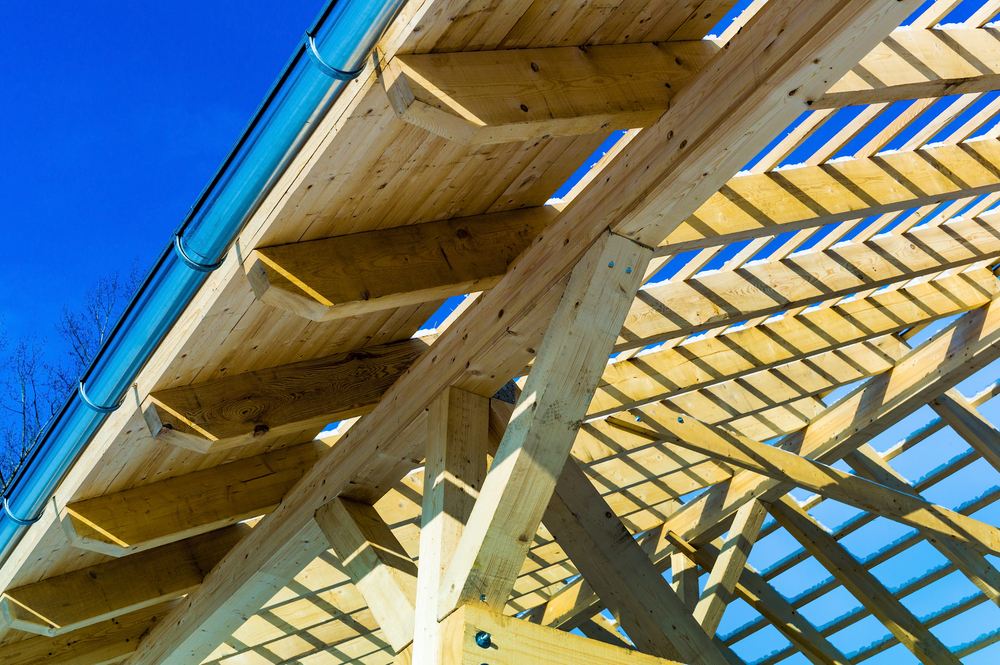Spending on residential construction in the United States reached a seasonally adjusted annual rate of $888.9 billion in May 2025, down 6.7% from $952.7 billion in May 2024 and 0.5% below April’s revised estimate of $893.7 billion. New single-family construction fell to $421.3 billion, a 4.5% year-on-year decrease, while multifamily construction was nearly unchanged at $115.0 billion, according to the U.S. Census Bureau.
Total private construction reached $1,626.6 billion, a 5.4% decline from $1,719.9 billion a year earlier. Private nonresidential construction spending dropped to $737.7 billion, down 3.9% from $767.2 billion in May 2024. Commercial construction posted the steepest decline among major categories, falling 12.0% to $112.8 billion. Lodging decreased 8.3% to $21.8 billion, while health care edged down 3.8% to $52.7 billion. Office construction increased 0.8% year-on-year to $87.0 billion.
Public construction spending was estimated at $511.6 billion, a 3.3% increase over May 2024. Public residential construction rose 8.4% to $12.2 billion, while public nonresidential spending increased 3.1% to $499.4 billion. Notable year-on-year increases were recorded in commercial (up 29.1% to $6.9 billion), health care (up 15.1% to $16.1 billion), and amusement and recreation (up 8.6% to $23.3 billion). Educational construction remained steady at $111.8 billion.
Total construction spending across all sectors declined to $2,138.2 billion in May 2025, down from $2,215.4 billion in May 2024 and $2,145.5 billion in April. For the first five months of 2025, total construction spending amounted to $841.5 billion, 2.1% lower than the $859.6 billion recorded for the same period in 2024.
